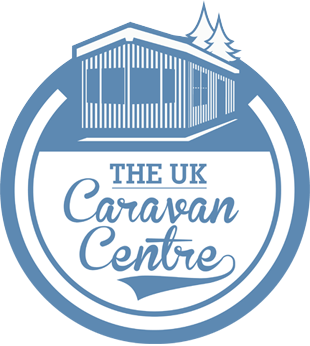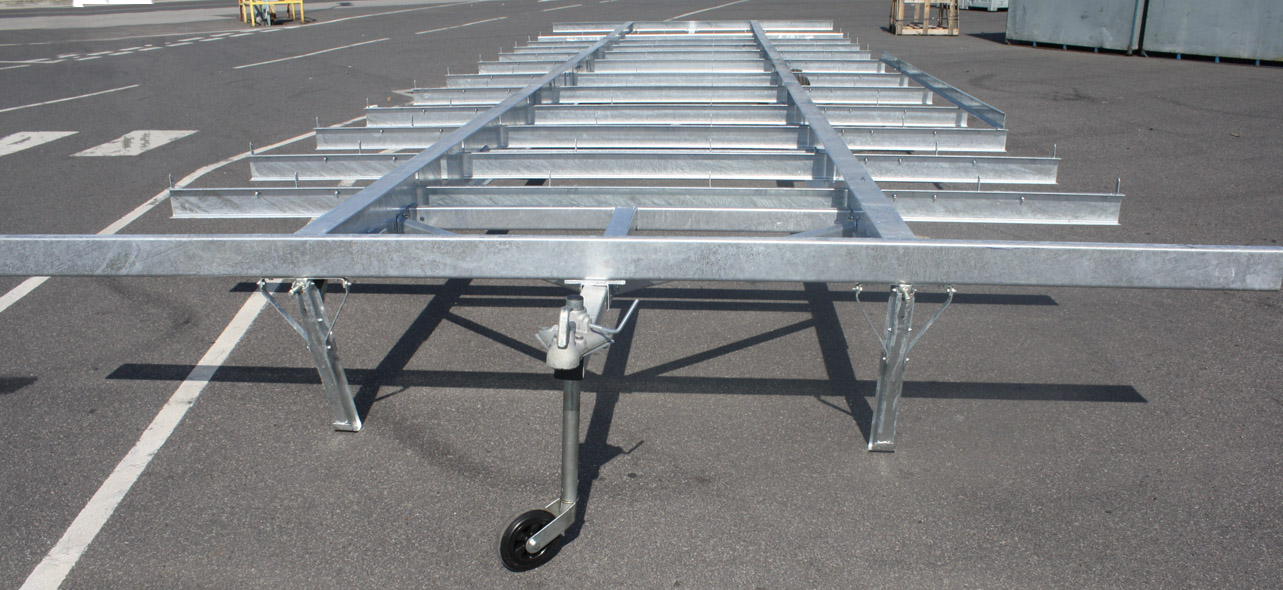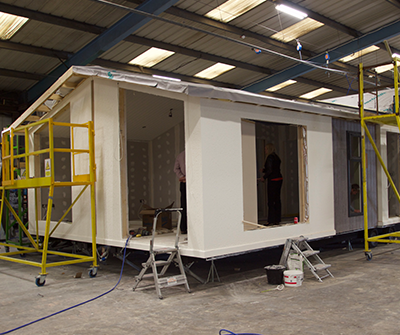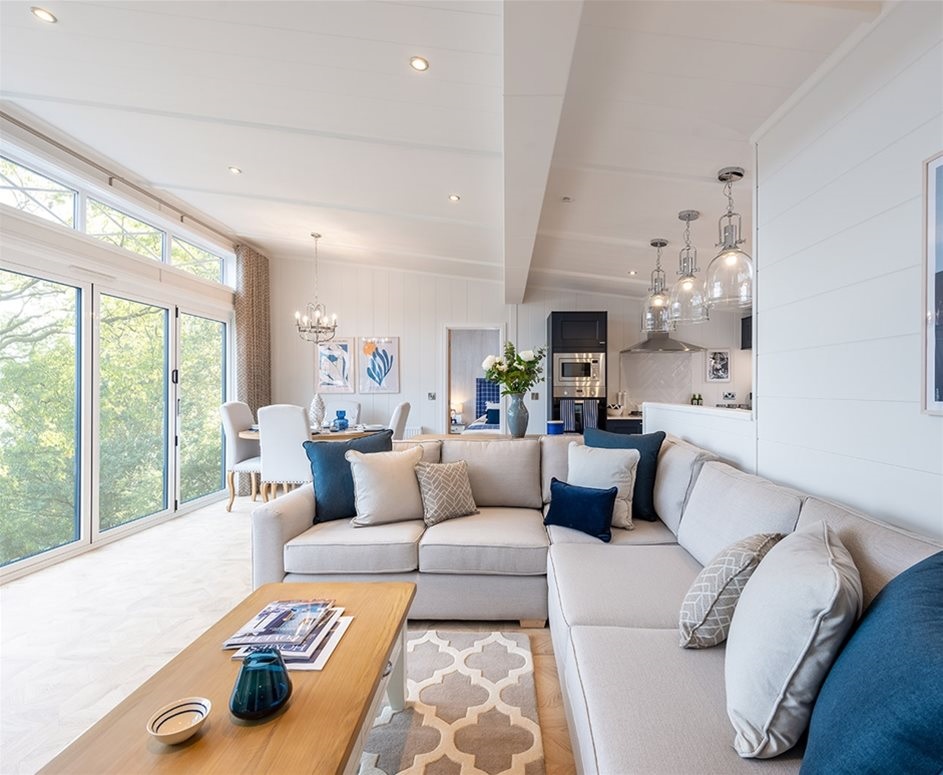Using a static caravan as annexe accommodation in your garden can be a practical and cost-effective solution to create extra living space. It is becoming an increasingly popular option for homeowners who need additional space for guests or family members, especially those who have additional needs such as elderly parents or disabilities, and those who are facing difficulties as first-time buyers.
It has been widely reported that the ratio of house prices to average earnings is so high that it has become prohibitive for those looking to enter the property market, and demand for rental properties has outstripped supply so heavily that in some areas there are over 20 applicants for each rental property. The supply-demand imbalance has led to a rise in homeowners purchasing static caravans as an affordable and practical solution.
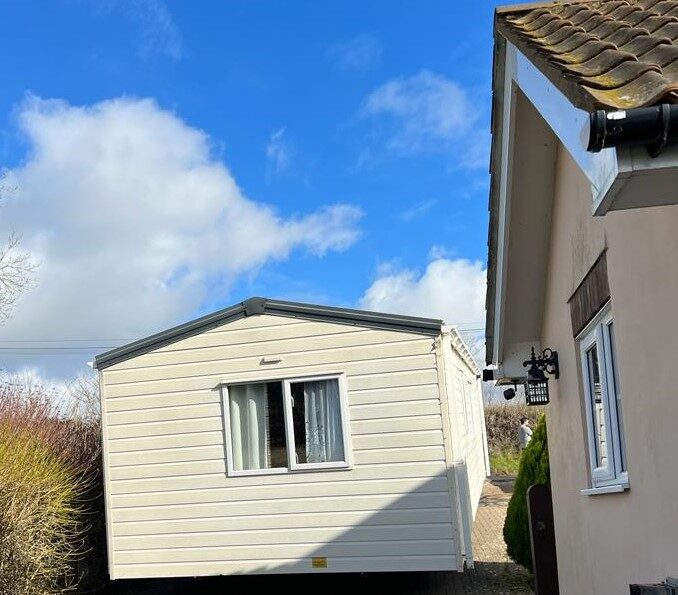
Here are some key points to consider:
PLANNING PERMISSION:
Before you proceed with placing a static caravan in your garden, you should check local regulations and planning permissions. In some areas, there may be restrictions on the use of caravans as permanent living spaces, and you may need to obtain specific permissions from the local authorities (for example if you are within an Area of Outstanding Natural Beauty AONB). However, in most cases, planning permission is not required, as per s29 of the Caravan Sites and Control Development Act 1960 (which specifies the characteristics of a caravan) and Section 55(1) of the Town and Country Planning Act 1990 (which specifies whether there is an element of ‘development’ or change of use of land and/or buildings).
An example of this occurred in February 2019, when a LDC (Lawful Development Certificate) was issued confirming that the siting of a mobile home within the grounds of a dwelling in Kent was lawful, provided it was occupied by the elderly parents of the occupiers of the house.
The council was opposed to the certificate being issued having regard to its size, the facilities it would contain, its connections to services and its ability to provide independent living accommodation. However, the inspector noted that it fell within the definition of a mobile home under the Caravan Sites and Control of Development Act 1960 and did not exceed the size limits prescribed under the Caravan Sites Act 1968. It would be sited close to the house and would not have a separate curtilage. The elderly relatives required assistance with their day-to-day living and they would share the main house for meals and family socialising. Consequently, it would not result in a material change of use.
PURPOSE:
Determine the purpose of the static caravan. Will it be used as a guest house, an independent living space for a family member, a home office, or something else? Understanding its intended use will help you plan the layout and amenities accordingly.
SIZE AND LAYOUT:
Consider the size and layout of the static caravan. Depending on the number of people who will be using it and its intended purpose, you may need a larger caravan with multiple rooms or a more compact one if it’s just for a single individual.
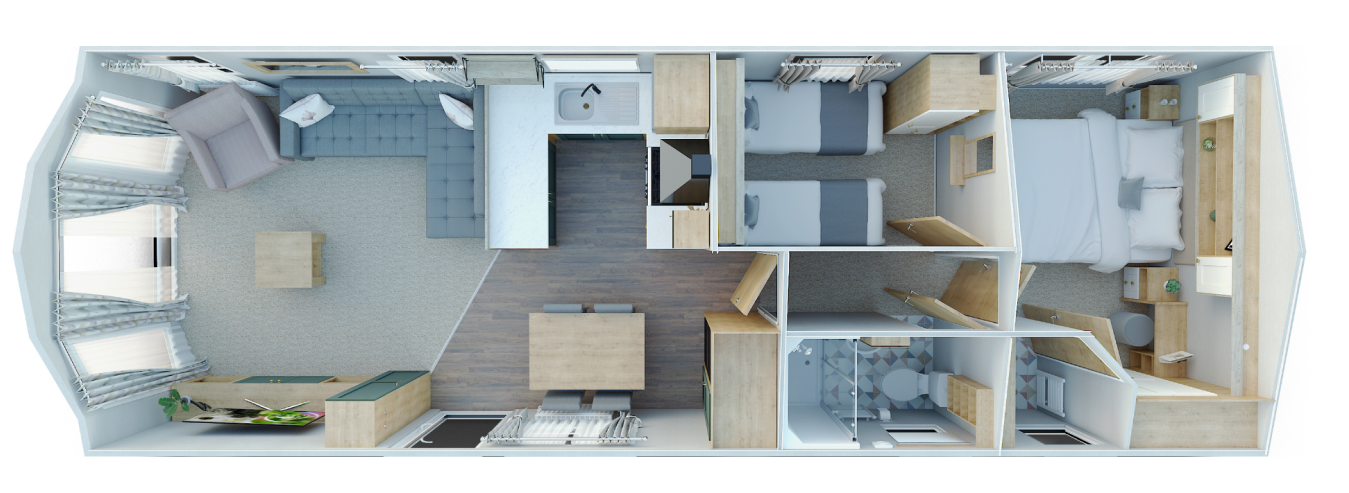
UTILITIES
Check whether your garden can accommodate the necessary utilities for the static caravan, such as water, electricity, and sewage connections. You may need to consult with local service providers to ensure proper connections.
FOUNDATIONS AND STABILITY:
A solid and level foundation is essential for the stability and longevity of the static caravan. It is recommended to construct a concrete base to ensure the caravan remains safe and secure.
AMENITIES AND COMFORT:
Determine what amenities you want to include in the static caravan. This could range from necessities like a bathroom and kitchenette to more luxurious features like heating and air conditioning.
SAFETY AND REGULATIONS:
Ensure that the static caravan meets safety and building regulations. It should have proper fire safety measures, ventilation, and comply with other relevant building codes.
ACCESS AND PRIVACY:
Consider the access to the static caravan, and you may want to plan for some privacy measures like hedges or fences, depending on your preferences and any local regulations.
INSURANCE:
Check with your insurance provider to understand how the presence of a static caravan in your garden may affect your home insurance policy. You might need additional coverage for the annexe accommodation.
MAINTENANCE:
Like any structure, a static caravan requires regular maintenance to keep it in good condition. Make sure you are prepared for this upkeep.
It is worth noting that should your needs change at any time, there is always buoyant demand for pre-owned caravans, and we are able to assist in these situations.
Remember that using a static caravan as annexe accommodation is a significant decision, and should be approached thoughtfully and responsibly. Here at The UK Caravan Centre we can provide valuable guidance throughout the process, and help you to find the right mobile home for your needs and budget.
Please get in touch by calling 0800 246 1206 or fill in your details below:
